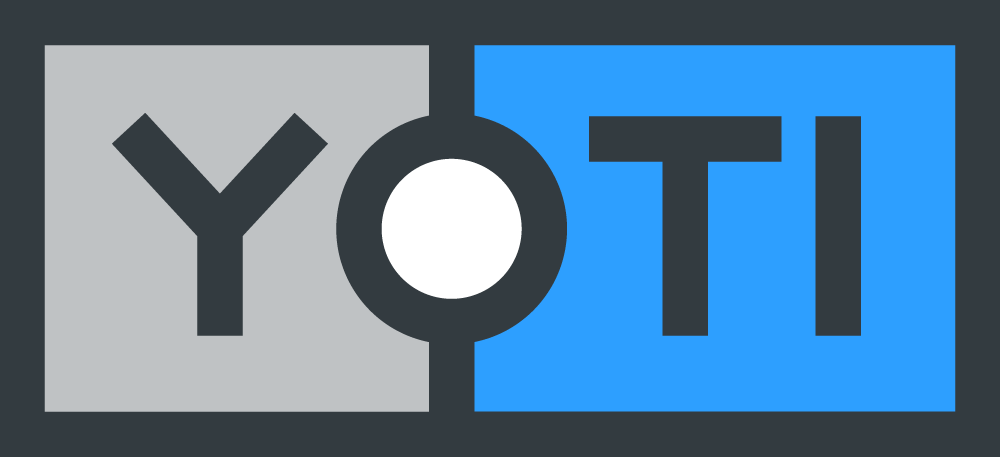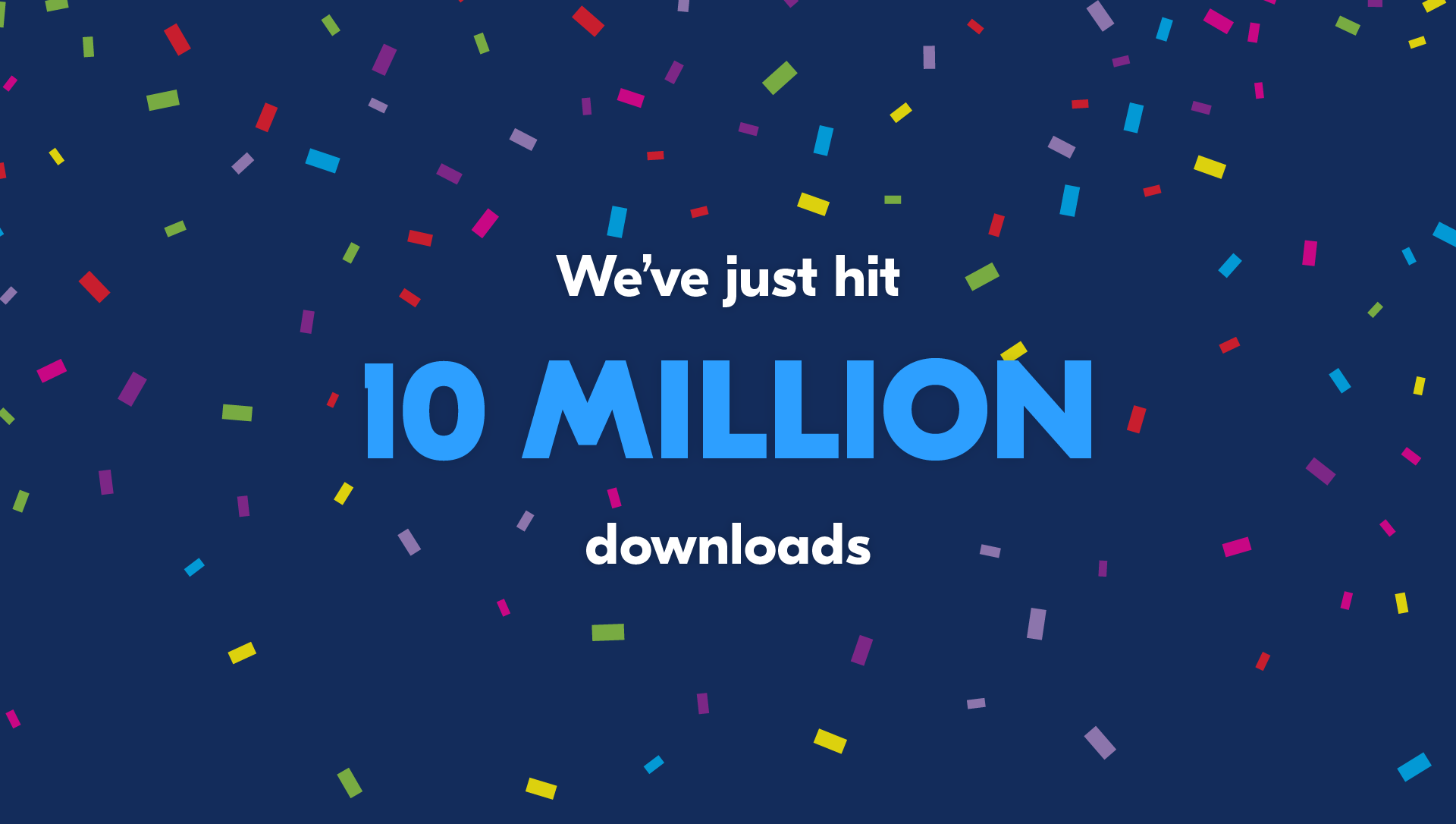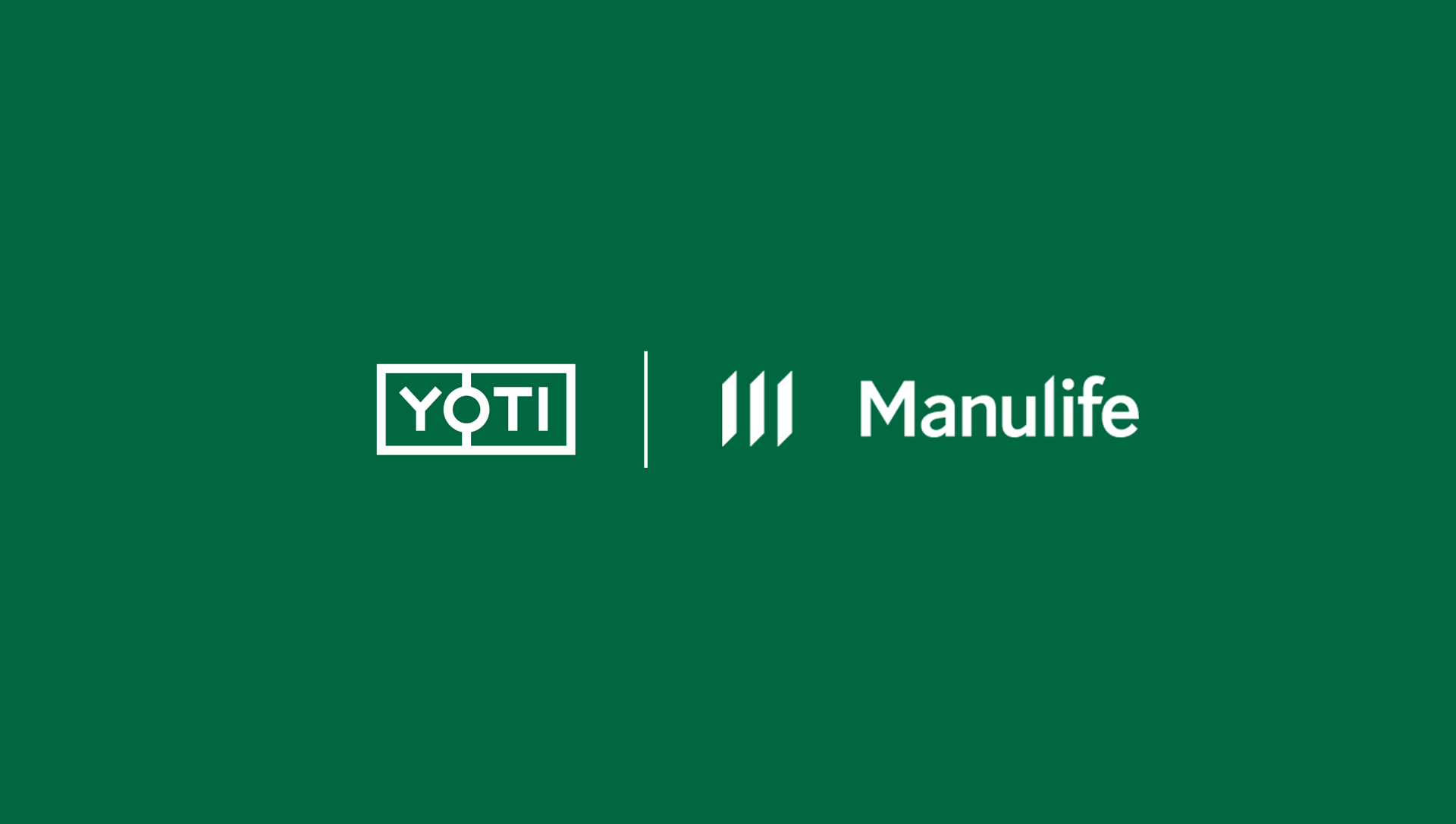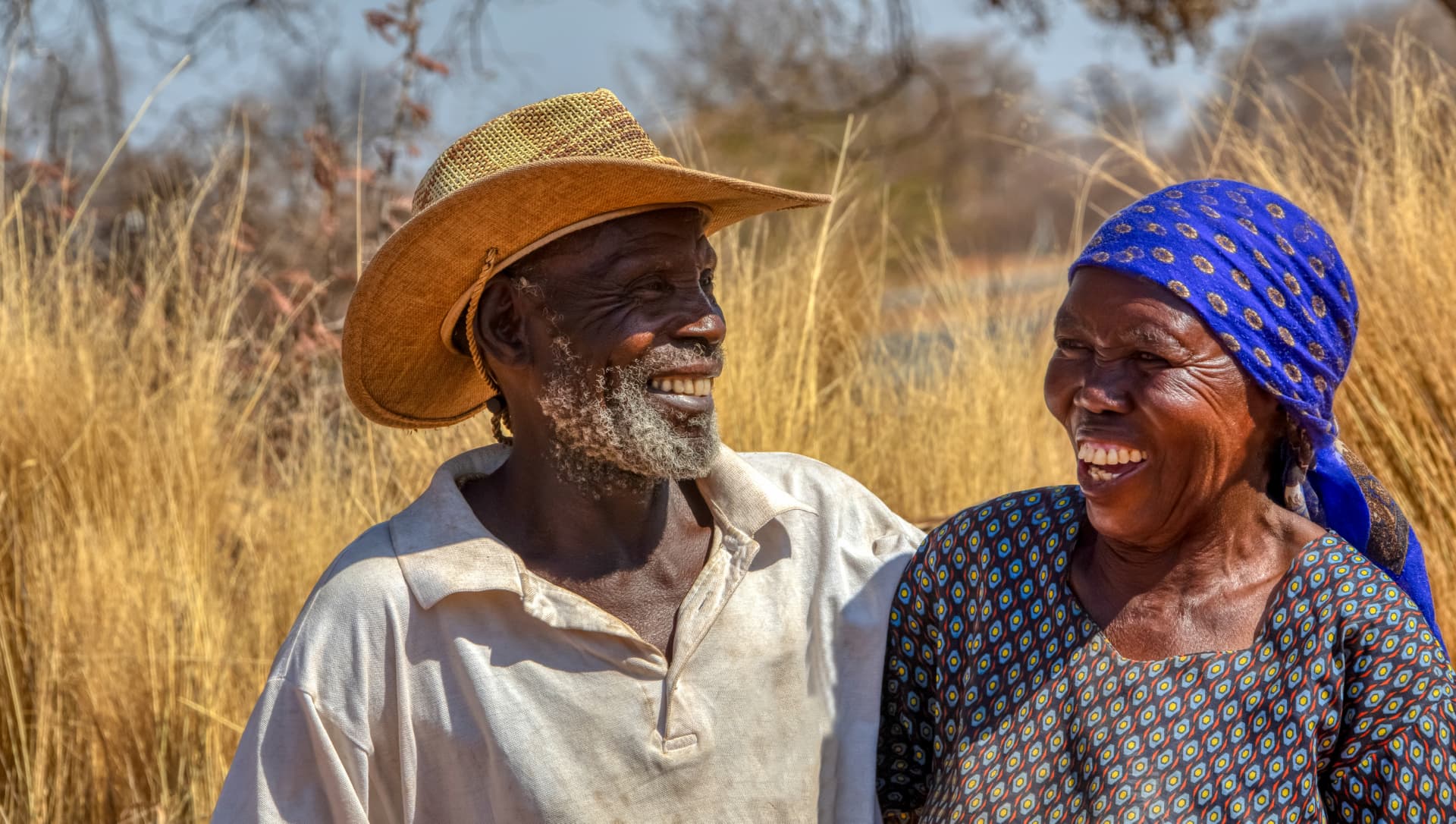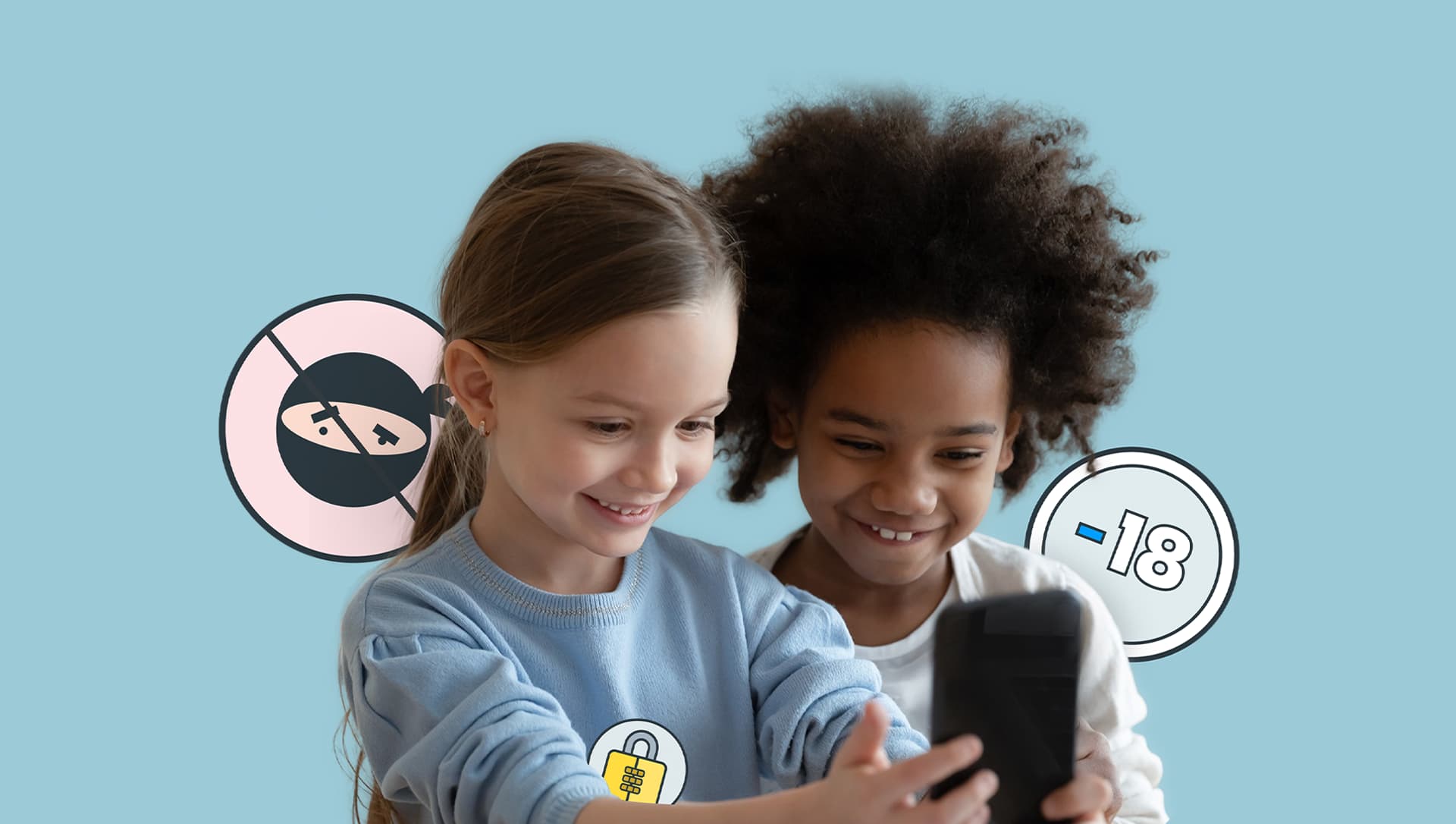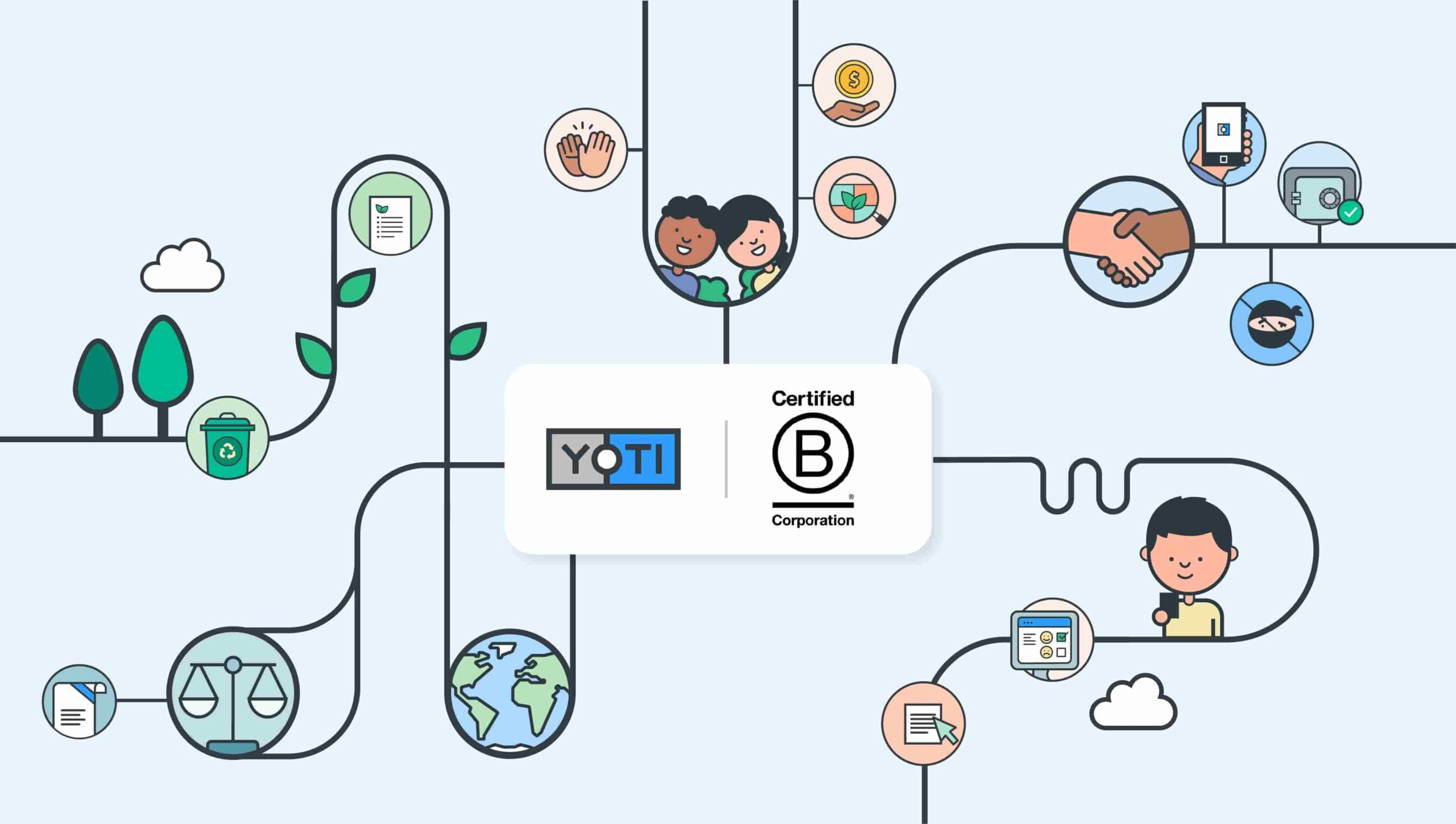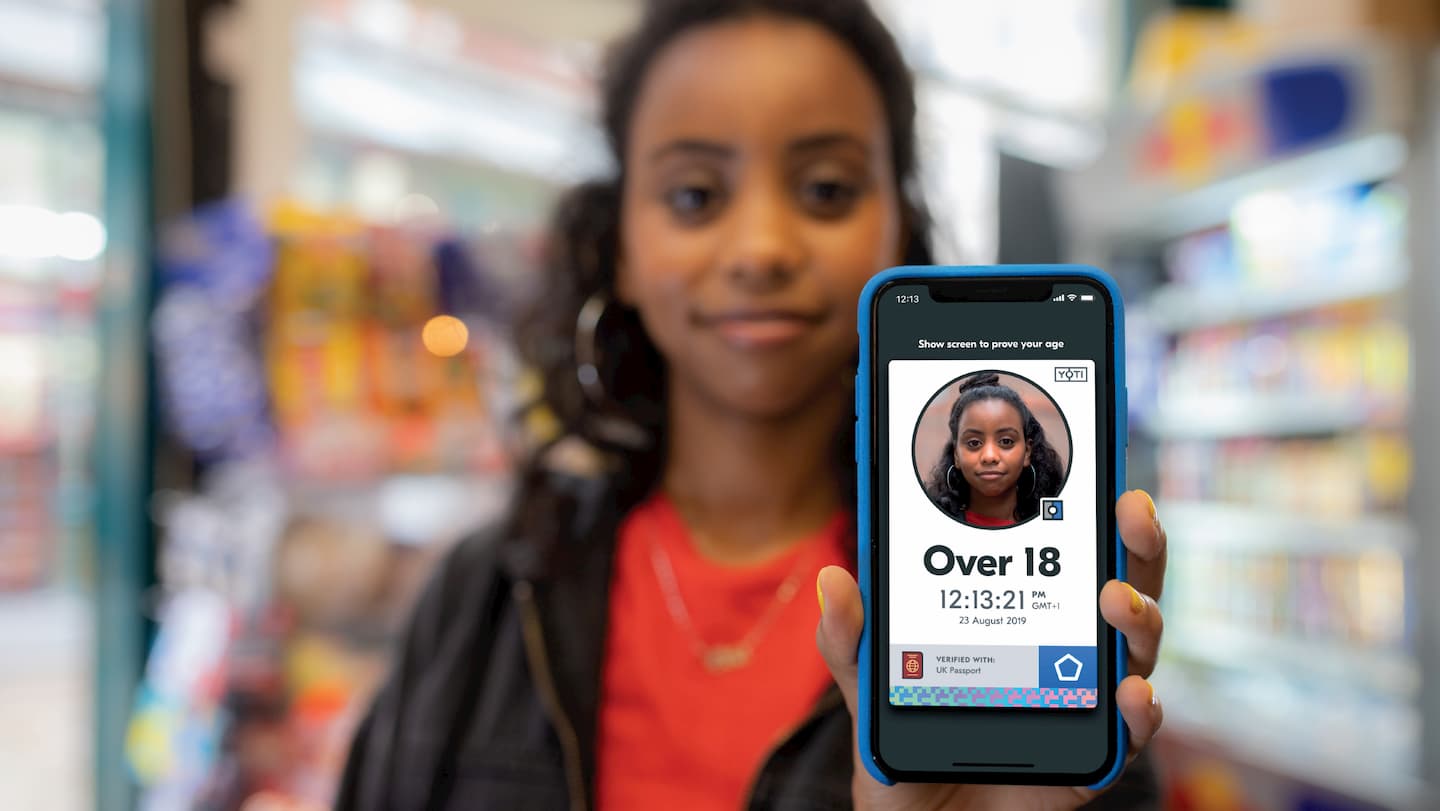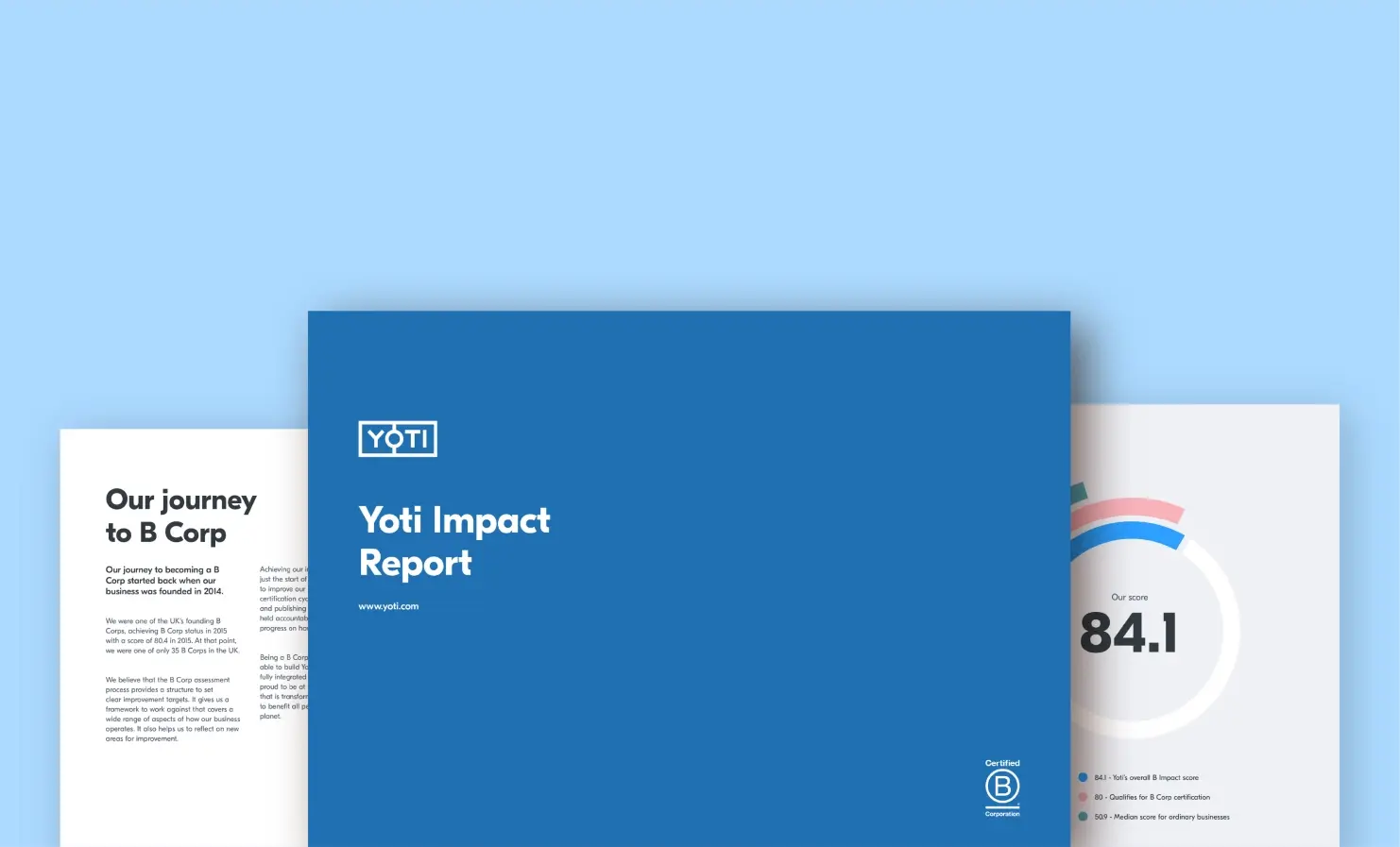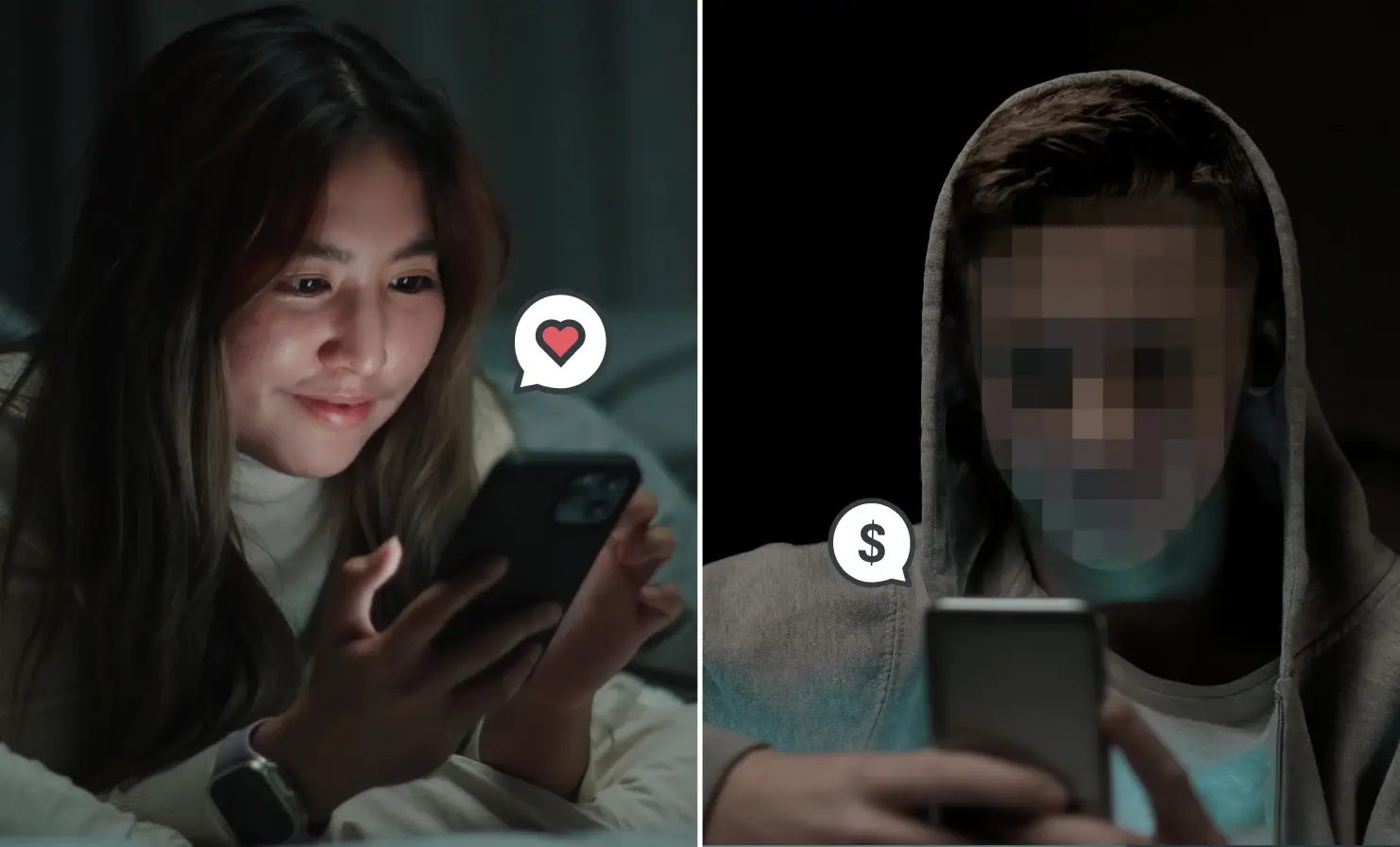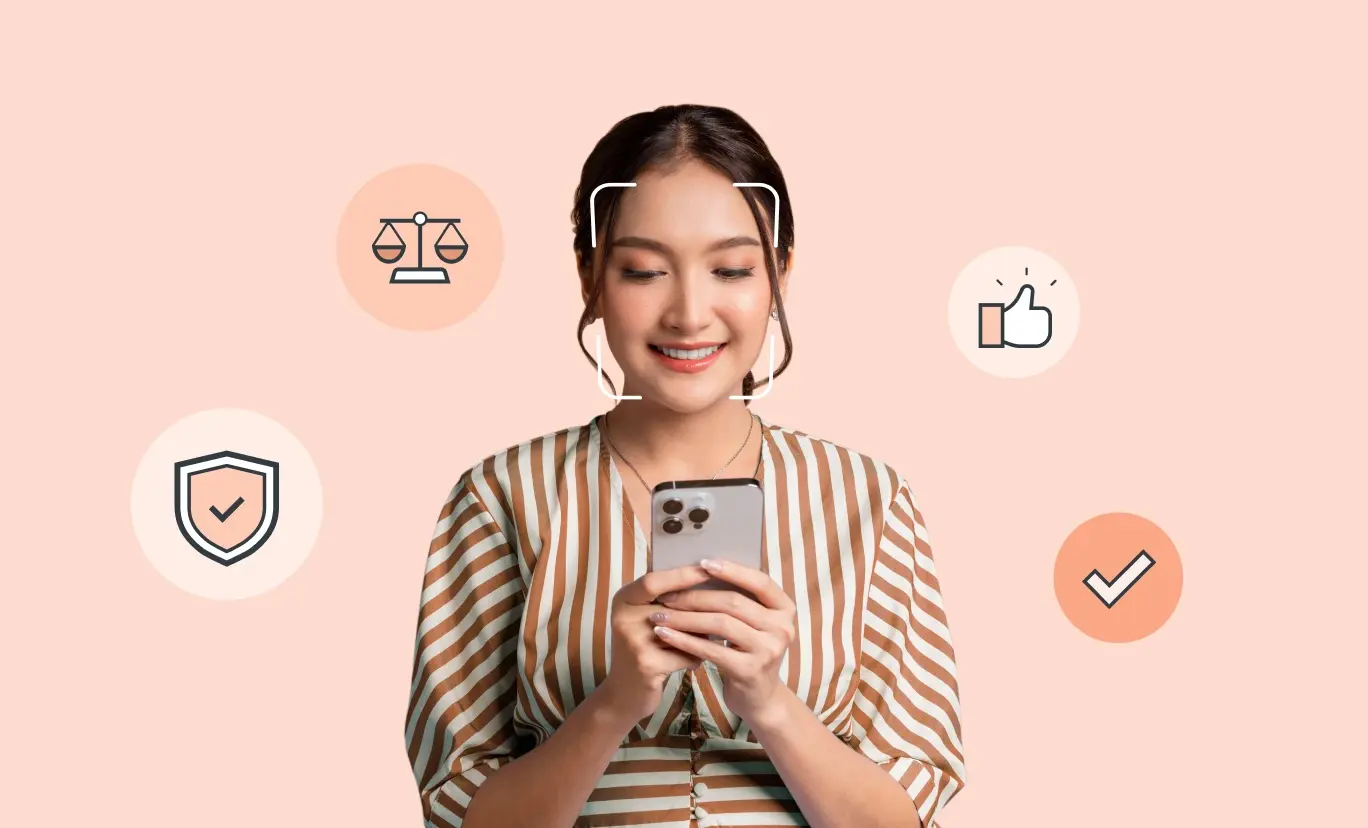Yoti blog
Stories and insights from the world of digital identity
Welcoming our ten millionth Yoti app download 🚀
We started out in 2014 with a huge, complex task built around a simple mission – to fix the broken identity system and make it simpler and safer for people to prove who they are. This has been our driving force from day one and will continue to shape how we develop our business and products. It’s our purpose. Yoti has grown from a small team with the goal of putting people’s ID on their phone, to a global identity network verifying people and their ID documents from over 195 countries. This is now backed by
Manulife partners with Yoti for FINTRAC-compliant identity verification
Manulife Bank, a subsidiary of Manulife, is leveraging advanced identity verification from Yoti to enhance and accelerate the digital registration experience for its customers. Yoti’s FINTRAC-compliant, Canada-hosted solution allows customers to simply scan their ID and take a selfie – a series of secure identity verification checks are completed in seconds for a fully digital signup. This boosts security, prevents fraud and dramatically reduces the time required to create an account. Headquartered in Toronto, Canada, Manulife is a leading international financial group that helps make decisions easier and lives better for millions of customers around
African Conservation Challenge: digital identity to foster trusted community engagement
We’re excited to announce the launch of our latest social purpose initiative – an African Conservation Challenge exploring the use of digital identities to help foster authentic, trusted, dignified online dialogue between communities and other stakeholders engaged in conservation across the Southern Africa region. The Challenge is open to individuals and organisations based anywhere in Africa, and comes with a prize of $15,000. Background Historically, rural voices have been either missing or largely ignored in much of the debate and decision making around the management of natural resources, particularly wildlife, in Africa. It is widely
Practice guide 81: digital identity verification for conveyancing
On 12 March 2021, Her Majesty’s Land Registry (HMLR) published its first digital identity standard, practice guide 81 (PG81). The standard is aimed at encouraging the use of digital identity to reduce the inconvenience and inconsistency of manually verifying a client’s identity during the homebuying process. Reducing the need for physical document checks performed by non-specialists can mitigate opportunities for fraud, increase convenience and lower costs for all parties involved in the home buying process. The standard follows the draft set of requirements, published in November 2020, which Yoti provided feedback on. Practice guide 81:
Developing age estimation technology to tackle grooming online
Last month, Yoti Guardian Gavin Starks chaired our third stakeholder roundtable on the next proposed stage of the development of our age estimation technology. We brought together fifty five guests from seven countries, including representatives from 5rights, Apps for Good, Be In Touch South Africa, Breck Foundation, Caribou Digital, CyberSafeIreland, Digital Policy Alliance, FSM Germany – Freiwillige Selbstkontrolle Multimedia-Diensteanbieter, GoBubble, IEEE, Interactive Software Federation of Europe, International Committee of the Red Cross, Internet Commission, Internet Watch Foundation, Irish Data Protection Commission, Keele University, KJM German Federal Agency for the Protection of Minors, London School of Economics,
Connells Group adopts Yoti eSignatures for its sales and lettings business
Connells Group, the UK’s largest estate agency and property services provider, has switched to eSignatures from Yoti for its sales and lettings business. This follows a successful move to Yoti for sales contracts in April 2020 that has brought improvements including 67% of contracts being signed within 2 hours along with cost savings. Headquartered in Leighton Buzzard, Connells Group has 6,800 staff and manages 60,000 tenancies through its 600 branches. It is the UK’s leading property group offering estate agency, corporate lettings, mortgage, survey, valuation and conveyancing services. Connells Group manages a high volume of contracts
Browse by category
Essential reading
Get up to speed on what kind of company we are
